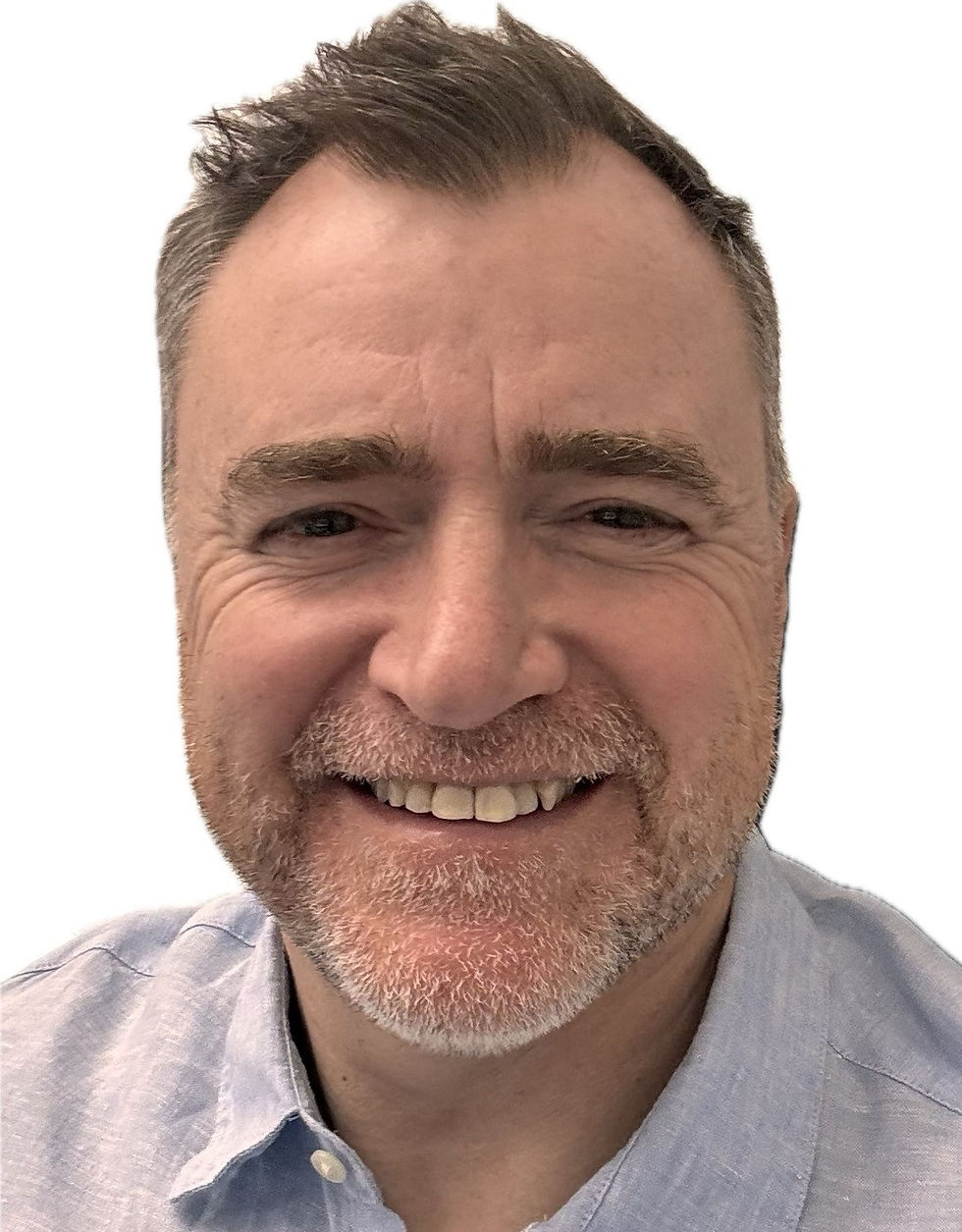
IT refresh
IT is a journey, not a destination. Your IT hardware and architecture is likely to need to be upgraded or refreshed every 5-10 years. Usually this is usually because of a list ofcommon reasons.
Old hardware
As machines get older they get less reliable, and slower. It isn't usually the case that the machine itself gets slower, but rather that the applications running on the machines require more speed and resources than the older machines can offer. As in other areas, you get back you pay for - and high end servers and workstations can usually get comfortably 5-10 years of use; spend less and you will get less back.

.png)
End of life applications and Operating Systems
A major driver of IT refresh projects continues to be the end of support from Microsoft and other software vendors. Windows XP reached end of life (EOL) in 2014, Windows 7 in January 2020, and Windows 10 will reach end of support in October 2025. Practices should now be moving to Windows 11 to stay secure and compliant.
Running outdated operating systems is risky: security updates stop, leaving PCs vulnerable to attack, and it often breaches GDPR and other compliance frameworks. Application vendors - including dental PMS providers such as Software of Excellence - typically stop supporting an operating system as soon as Microsoft does (or shortly after), meaning your key software may no longer function or receive updates.
While some older hardware can be reinstalled with a supported OS, it’s frequently not commercially viable due to performance, driver availability, or warranty limitations. Planning for a refresh to modern, supported Windows 11 machines ensures security, compliance, and smooth operation of your dental software.
New technology
Another driver is new technology. As practices went paperless, scanners and more recently hardware to capture digital forms and signatures has been needed. With the advent of 3D CBCT technology, and 3D scanners, more computers needed to have much better graphical and CPU capability, to cope with rendering the 3D images. Covid-19 has seen a dramatic uptake in laptops and AIO (all in one) computers with built in cameras and audio, as remote diagnosis and telemedicine has become mainstream.


Data growth
The longer you have been computerised, the more data you will accumulate and the more capacity and power you will need to store, process, search and retrieve that data.
Cloud and connected services
More and more services are moving to being entirely cloud based; you need Internet connections, equipment and IT solutions which exploit and integrate with cloud services.

Have a project in mind?
We offer a free of charge, no commitment, remote audit to any dental practice. To contact us about this, get a quote for support or for any other enquiry, please complete this form and we will get back to you.

Fancy a chat?
Book in a call with Liam to talk through any of our apps and services.